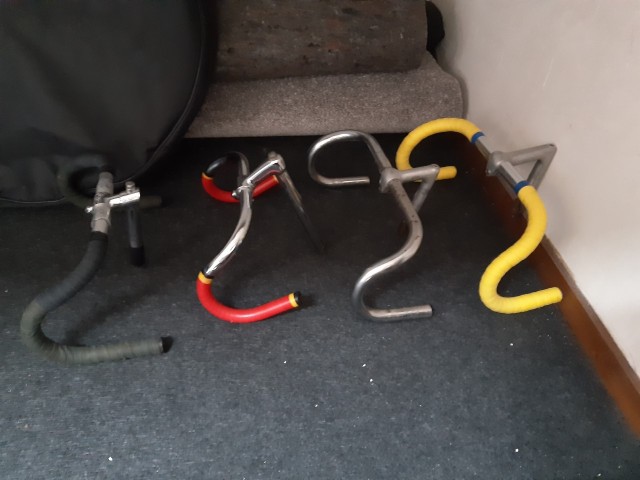Having had a general absence from reading the cycling press for, what, 30 years-ish and generally not paying much attention during the time that bikes have virtually halved in weight and number of spokes, I notice that all modern drop bars seem to be much shallower than in the olden days (e.g. Cinelli 66) and seem to commonly favour an angled straight section in the drop section beneath the brakes. At the same time, frames are typically much smaller, placing the bars much lower down than in the days when stems were not just ugly brackets covered in bolts.
Can anyone explain the thinking behind this to me?
Can anyone explain the thinking behind this to me?
